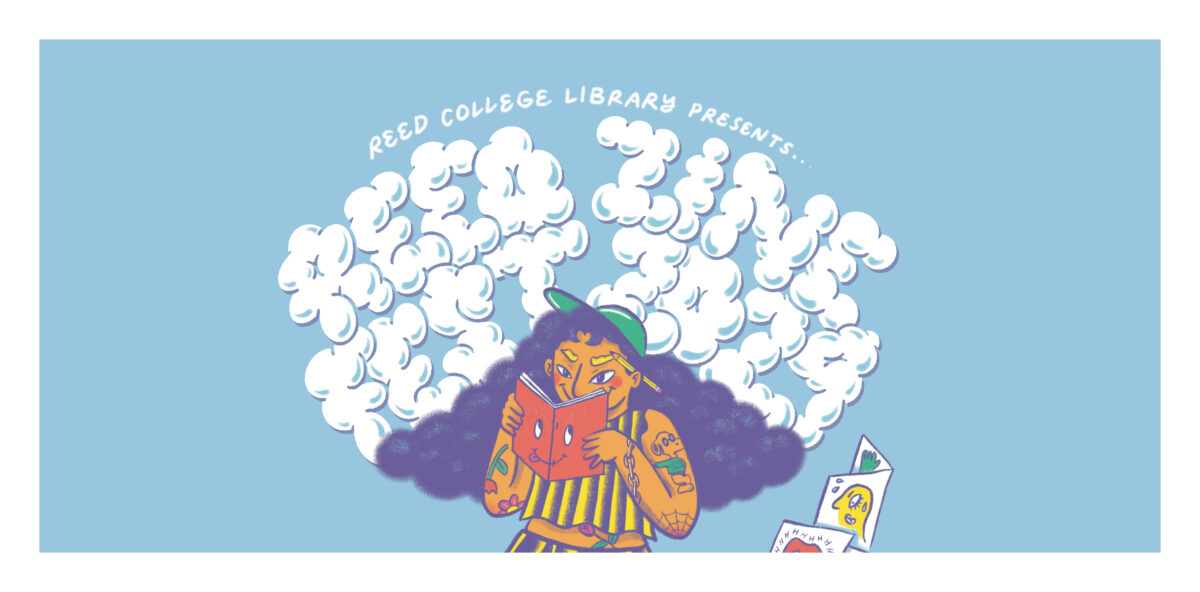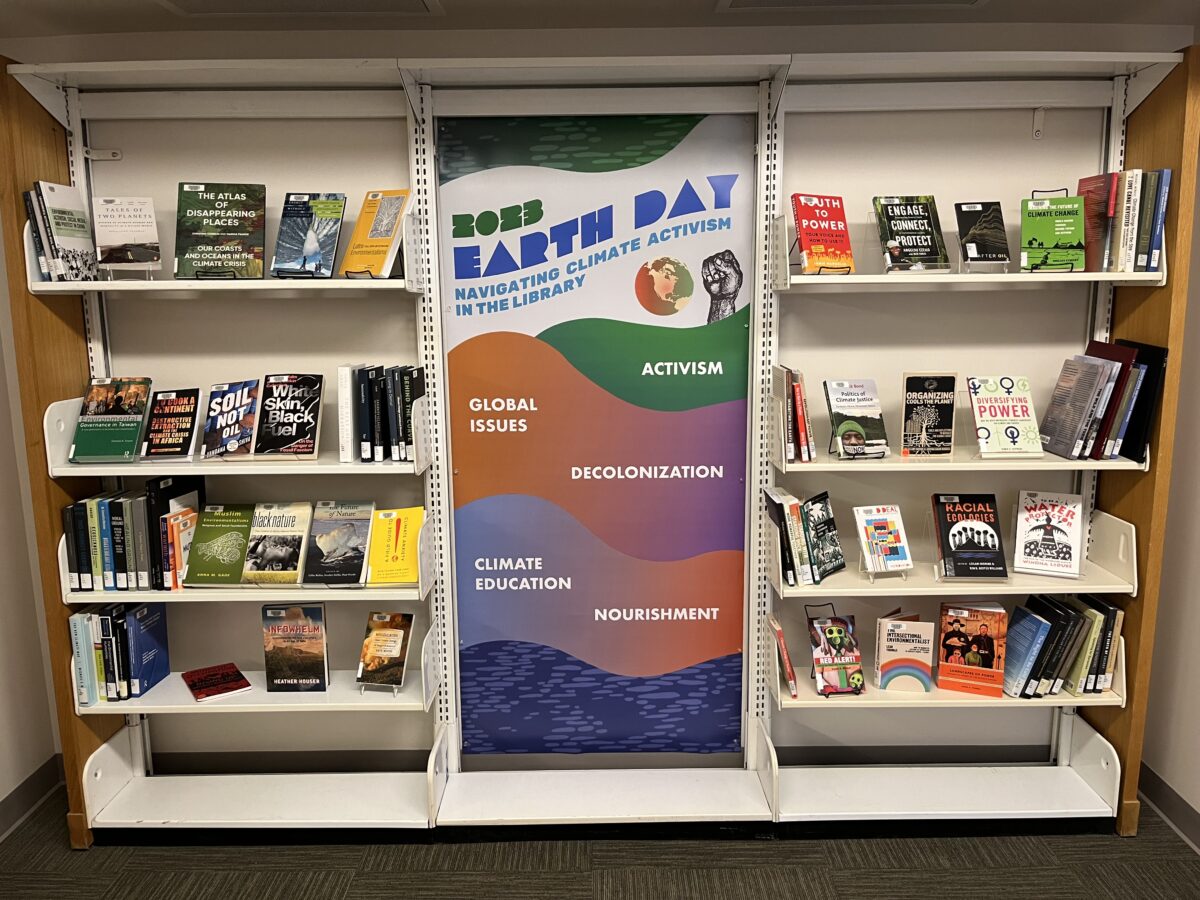Category: Announcements
-

Receive text notifications for library notices
Would you like to receive text notifications for things like holds, due date, and courtesy notices? You can opt-in here. Data rates may apply. Questions? Email Jim Holmes.
-

MLA Handbook Plus Trial through 10/15/23
The library is currently running a trial of MLA Handbook Plus. This electronic resource includes the full text of the ninth edition of the handbook, the second edition of the MLA Guide to Digital Literacy, and the MLA Guide to Undergraduate Research in Literature, as well as a video course that teaches the principles of…
-

Printing from your laptop or library computers
The library is your go-to place for studying, reading, and printing. Here are some quick links to get you started when you need to print:
-

Get articles faster: meet LibKey Nomad
As part of our year-long pilot of LibKey software, you have access to LibKey Nomad, a browser extension that gives you one-click access to scholarly articles. This add-on is especially helpful in linking to library resources from off campus. Install and set up Nomad Once you’ve downloaded the extension and added it to your browser,…
-

Testing, testing… Is LibKey on?
During this academic year, the library is testing out a new piece of software called LibKey, and it will change some of the ways you interact with our online resources. Our goal for this year-long pilot is to see if it provides easier access to both our paid subscriptions and open access articles. FAQ What…
-

Summit 12-week checkout
We have recently implemented a change from the Orbis Cascade Alliance that allows for 12-week checkout of all Summit materials with one six-week renewal period. You can now keep your Summit books for a full semester! Unfamiliar with Summit borrowing? Click here and go to “Does a Summit Library Have it”. Questions – email library-circ@reed.edu.
-

Zine & Arts Programs
Check out the zine and arts programs that lead up to the final event in 2024, the Reed Zine Fest! ANNOUNCEMENTS 📌 Masks are required for Reed Zine Fest. We are offering KN95 masks and a limited number of tests to attendees at the Zine Fest welcome desk.👉 Follow @reedzinelibrary for updates! 🎨 Reed Zine…
-

Summer hours – 1/2 day Fridays and closed holidays
Starting June 16th the library will close at noon on Fridays through August 11th. The library will also be closed June 19 and July 4. For more on library hours, click here. Questions – email library-circ@reed.edu
-

Thesis formatting & submission
Looking for information about thesis formatting? Wondering when to submit your final thesis to the library? Learn about all things thesis in the Thesis Help 2022-2023 Guide. You will submit your thesis for review twice; first to the Registrar (when you get your laurels) and then to the library after your Oral exam after making…
-

Climate, Environment, Justice: cultivating action & resilience on Earth Day and beyond
New book display now available in the Library! Come find books centered on themes of climate justice, environmental justice, and activism. The climate crisis stems from a lineage of colonization and is intertwined with the exploitation and harm enacted on indigenous communities and communities of color, both within the boundaries of present-day United States and…
